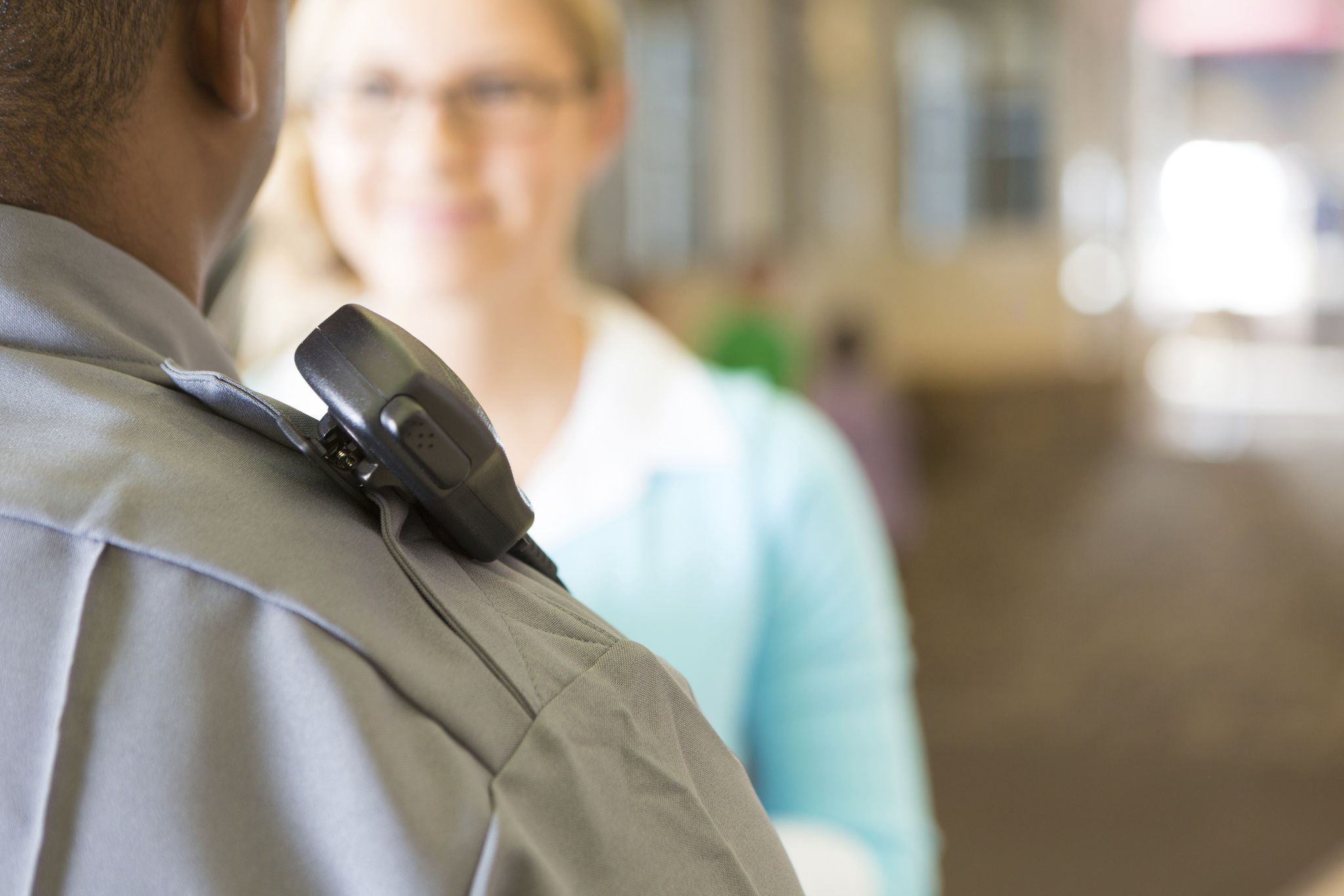Enhancing Campus Safety: An In-Depth Look at Dispatch and Security Systems
Understanding the Importance of Campus Safety
In today's world, maintaining a secure and safe environment on college campuses is more crucial than ever. With thousands of students, faculty, and staff members, campuses are bustling communities that require comprehensive safety measures. Enhancing campus safety is not just about having security personnel on-site; it also involves implementing advanced dispatch and security systems that can efficiently handle emergencies and day-to-day security needs.
Effective campus safety measures contribute to a positive learning atmosphere and provide peace of mind to students and their families. As educational institutions continue to grow and evolve, so must their strategies for ensuring safety. This blog post delves into how dispatch and security systems play a pivotal role in enhancing campus safety.

The Role of Dispatch Systems
Dispatch systems are at the heart of campus security operations. These systems serve as the command center for managing communication between security personnel, emergency responders, and campus authorities. A well-designed dispatch system ensures that help is dispatched promptly in case of any incident, minimizing response times and potentially saving lives.
Modern dispatch systems often incorporate GPS technology, allowing for real-time tracking of security personnel and resources. This feature ensures that the closest available team can respond quickly to any situation. Furthermore, these systems can integrate with other technologies such as surveillance cameras and communication networks to provide a comprehensive view of campus activities.
Key Features of Efficient Dispatch Systems
- Real-time Communication: Instantaneous communication with security staff for rapid response.
- Resource Management: Efficient allocation of personnel and resources during emergencies.
- Incident Reporting: Automated logging of incidents for future analysis and improvement.

Enhancing Security Systems
Security systems on campus encompass a wide range of technologies designed to prevent unauthorized access and monitor activities. These systems include surveillance cameras, access control mechanisms, alarm systems, and more. By integrating these technologies, campuses can create a layered security approach that effectively deters criminal activities.
Surveillance cameras are particularly useful as they act as both a deterrent and a tool for post-incident investigation. Modern cameras equipped with AI capabilities can detect unusual behaviors and alert security personnel automatically. Additionally, access control systems ensure that only authorized individuals can enter sensitive areas, further enhancing security.
Benefits of Integrated Security Systems
- Proactive Monitoring: Detect potential threats before they escalate.
- Deter Criminal Activity: Visible security measures discourage unauthorized actions.
- Comprehensive Coverage: Integration provides a complete view of the campus environment.

The Future of Campus Safety
The future of campus safety lies in the continued evolution of technology and its integration into everyday security practices. With advancements in artificial intelligence, machine learning, and IoT devices, campuses can expect even more sophisticated systems that predict and prevent incidents before they occur.
Educational institutions must remain proactive in adopting these technologies to ensure the highest level of safety for their communities. By investing in state-of-the-art dispatch and security systems, campuses not only protect their inhabitants but also foster an environment where learning can thrive without fear.
